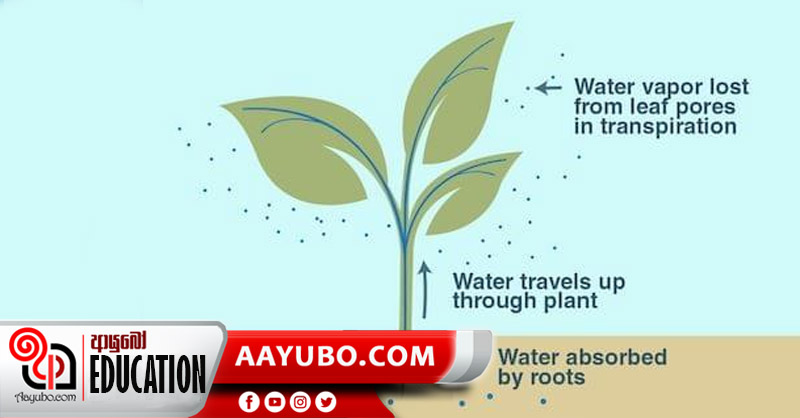JUN
13
Grade 8 Science : Properties of Matter : Part 4

We have discussed about elements and compounds in the previous article. Today, we shall explore the physical properties inculcated in substances that help us to identify them properly.
- Brittleness – This is the ability of a substance to break apart or shatter in to pieces easily, when a force is exerted. Eg: Glass
- Lustre – The ability of a substance to reflect light that falls on it. (The quality of shining). Eg: Gold
- Hardness – A substance is embedded with hardness if it can resist to wearing, tearing and scratching.
This measures the resistance to external forces. Eg : Diamond
- Sonority – This is showcased by producing an acute sound/ noise when hit with an object.
Eg: Aluminum
- Smell/ Odor – This is the scent of a particular substance. It is the sensation that results from the volatility of a substance. Eg: Chlorine
- Thermal Conductivity - The ability of a substance to conduct heat. Eg: Copper
- Electrical Conductivity - This property portrays how well a substance allows electricity to travel through it. Eg: Iron, Aluminum
- Color – The visual quality or the hue of a substance as recognized by humans .Eg: Carbon (Black)
- Ductility – The ability of a substance to be stretched out in to a long wire without breaking. Eg: Copper, Gold
- Density –This measures the amount of mass per unit volume. This shows how closely the particles are packed.
- Texture – This is the way the substance feels to the touch. It can be smooth, coarse, silky, rough and etc.
- Malleability – The ability of a substance to be hammered in to a thin sheet without breaking in to pieces. Eg: Gold, Aluminum
- Elasticity – The substances that have the ability to stretch when it’s pulled and return to its former shape when the force is released.
- Expansivity – This is measured by the ability of a substance to increase its volume, while not changing its mass when the temperature is increased.
- Melting Point / temperature – This is the temperature at which the state of a substance changes from solid state to liquid state.
- Boiling point / temperature – This is the temperature at which the state of a substance changes from liquid state to gaseous state / vapor.
by Mekhala Egodawele
Photo source : Internet
444 Views








Comments